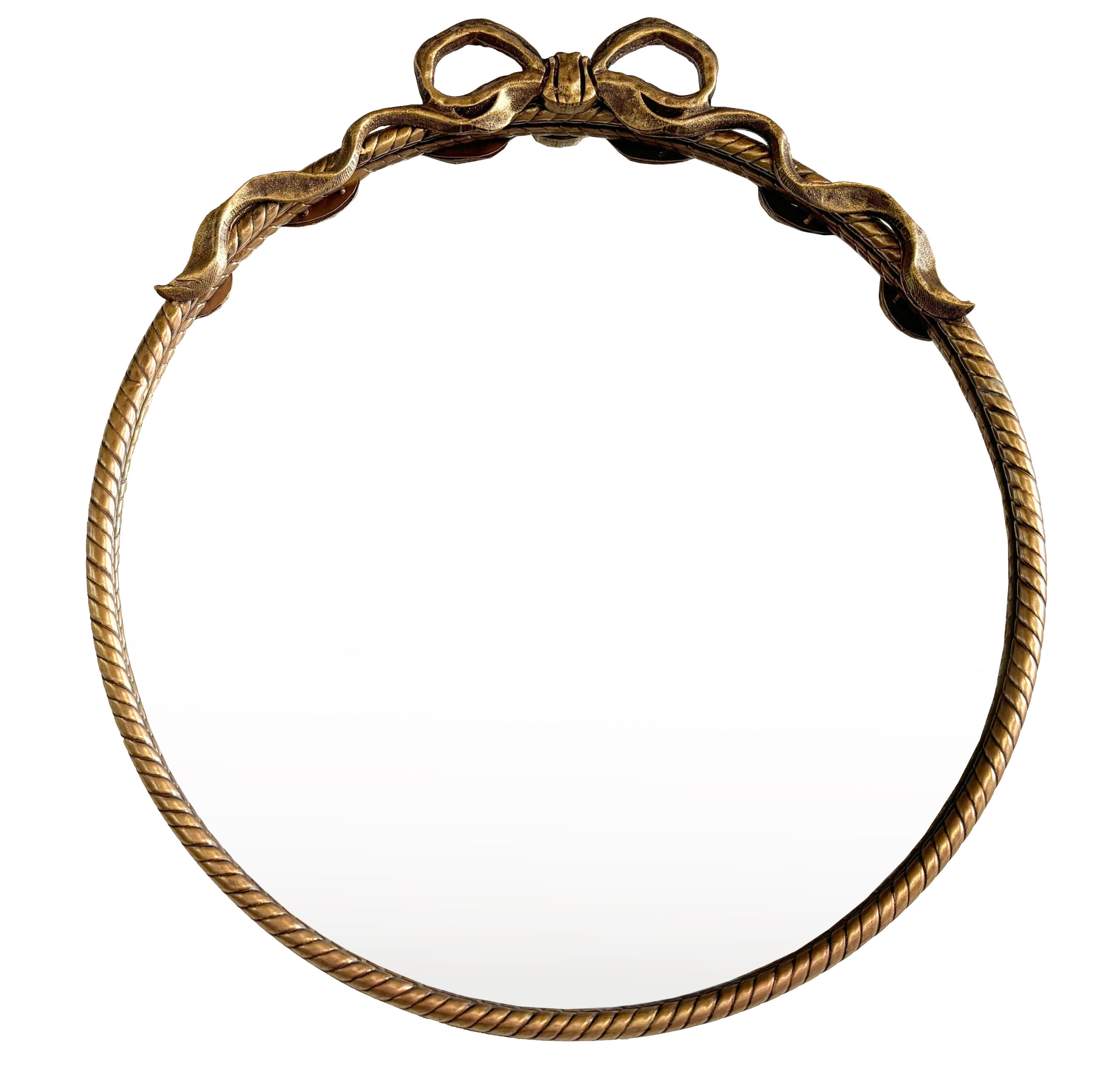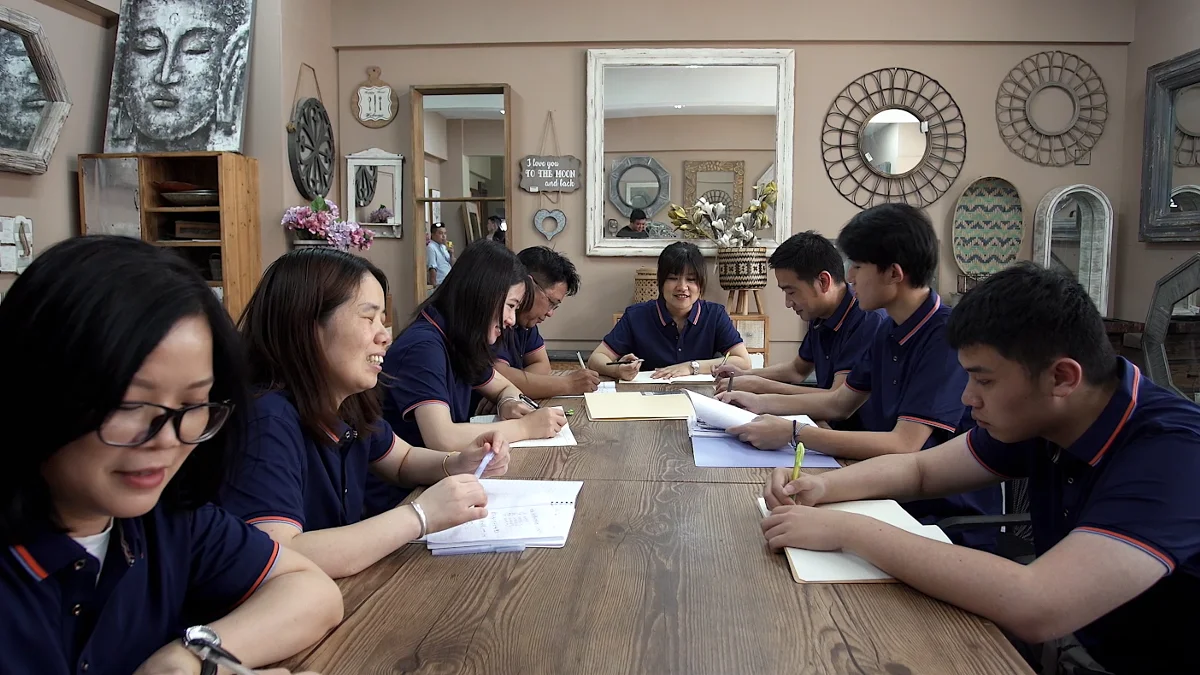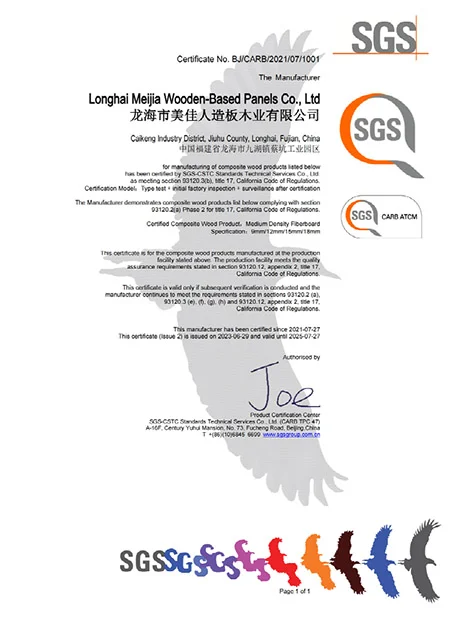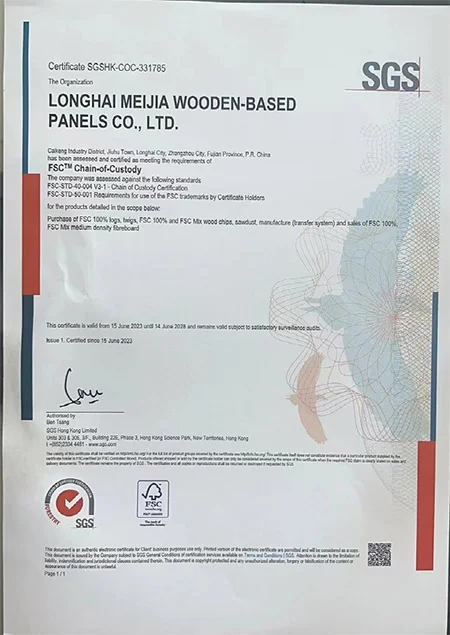Mirror offer Liverpool
Of course. The term “mirror offer” in football transfers, particularly in the context of Liverpool, almost certainly refers to one specific and famous deal: Virgil van Dijk’s move from Southampton to Liverpool in January 2018.
Here’s a breakdown of what happened and why it’s called a “mirror offer.”
The “Mirror Offer” for Virgil van Dijk
The story involves Liverpool, Southampton, and Chelsea.
-
The Initial Situation (Summer 2017): Liverpool was desperate to sign Van Dijk and identified him as their primary defensive target. However, they were accused by Southampton of making an illegal approach (tapping up) the player. To avoid a formal complaint and a potential Premier League investigation, Liverpool was forced to issue a public apology and publicly withdraw their interest.
-
Chelsea’s Interest: Meanwhile, Chelsea, the reigning Premier League champions, were also strongly linked with Van Dijk. Manager Antonio Conte was a huge admirer and the club was prepared to pay a large fee for him.
-
The “Mirror Offer”: The term “mirror offer” comes from the reported strategy of Liverpool’s owners, Fenway Sports Group (FSG). The story goes that:
-
FSG instructed Liverpool’s management to quietly find out the exact details of Chelsea’s offer to Southampton—the total fee, payment structure, and personal terms they were offering Van Dijk.
-
Once they had this intelligence, Liverpool’s instruction was to simply “mirror” or match every single aspect of Chelsea’s bid and then add a little more on top to ensure they won the deal.
-
-
The Outcome: Liverpool’s persistence and willingness to meet Southampton’s asking price (a then-world record £75 million for a defender) ultimately convinced both the club and the player. Van Dijk had his heart set on a move to Anfield, and despite Chelsea’s strong interest, he waited for Liverpool to come back in for him. The deal was completed in the January 2018 transfer window.
Why is it a significant story?
-
It showed immense determination: Despite a very public humiliation and withdrawal, Liverpool’s owners never truly gave up. They found a way to get their man.
-
It changed everything: Van Dijk’s signing is widely regarded as the most transformative transfer in modern Liverpool history. He solidified the defence, provided leadership, and was the final key piece that turned Jurgen Klopp’s team from exciting contenders into Champions League and Premier League winners.
-
It defined a new market: The £75m fee was seen as astronomical for a defender at the time, but it has since been justified many times over. It reset the market value for elite defenders.
In a broader sense
While the Van Dijk case is the definitive example, a “mirror offer” can be a more general transfer strategy. It involves:
-
Identifying a rival bid for a player you want.
-
Matching the financial structure of that bid (fee, installments, add-ons).
-
Matching or exceeding the personal terms (salary, bonuses) offered to the player.
-
Using the player’s preference for your club as the deciding factor.
This strategy saves time on negotiation and ensures you are, at the very least, matching your direct competitor’s financial power.
In summary: When people talk about a “mirror offer” and Liverpool, they are 99% of the time referring to the cunning and ultimately successful operation to sign Virgil van Dijk from under Chelsea’s nose.
Generally speaking, our order requirements are as follows: the minimum order quantity (MOQ) for large items is 50 pieces, for regular items it is 100 pieces, for small items it is 500 pieces, and for very small items (such as ceramic decorations) the MOQ is 1,000 pieces. Orders exceeding $100,000 will receive a 5% discount. The delivery timeline is determined based on the specific order quantity and production schedule. Typically, we are able to complete delivery within two months.










-scaled.jpg)






































